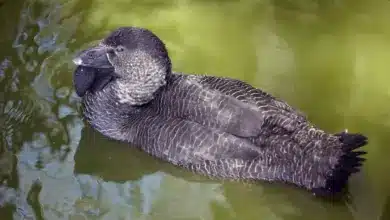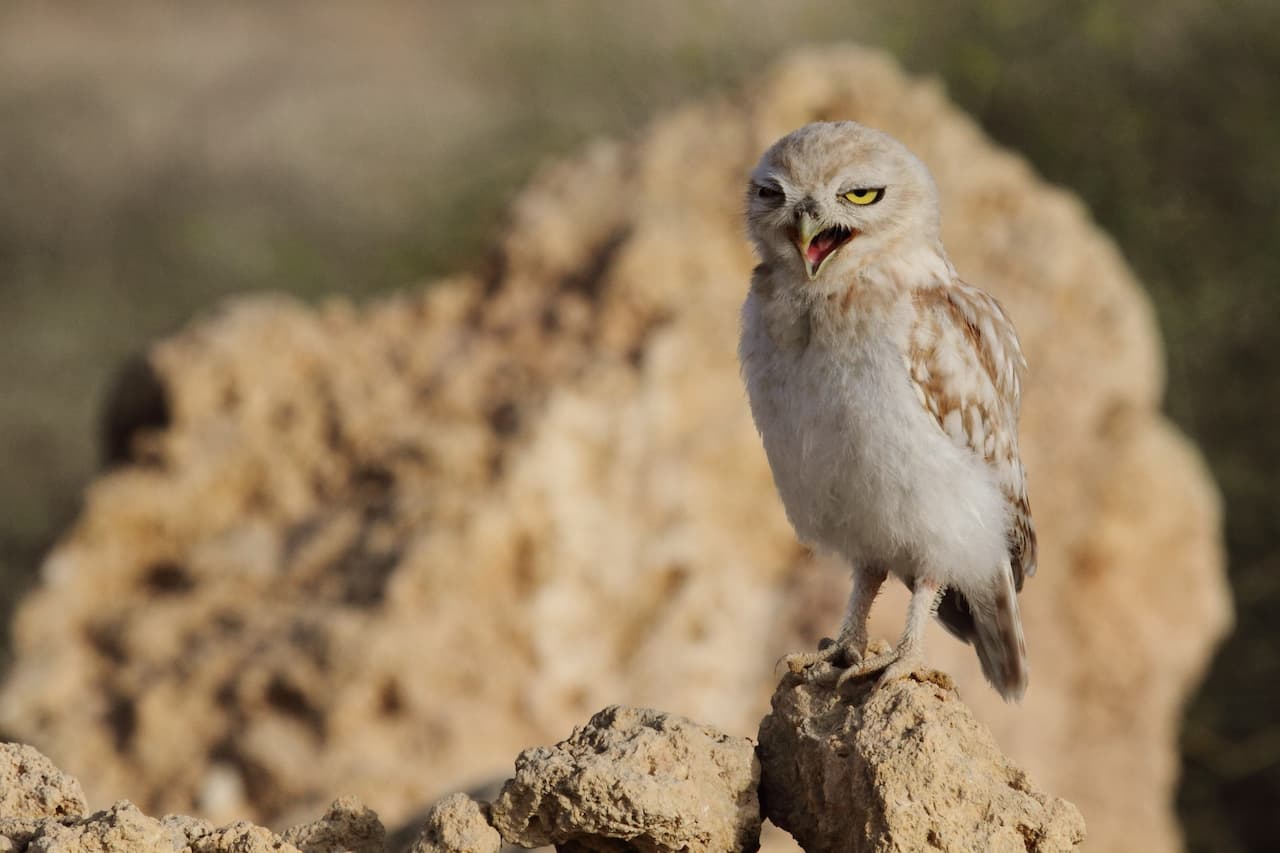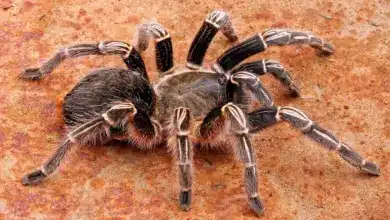Turkeys are large, native birds of North America. Turkeys are popular as a main dish at holiday dinners and are raised in farms all over the United States. In the wild, however, turkeys are adapted to a variety of predators.
In this article we will look at the food that wild turkeys eat, and what turkeys eat themselves in their natural habitat.
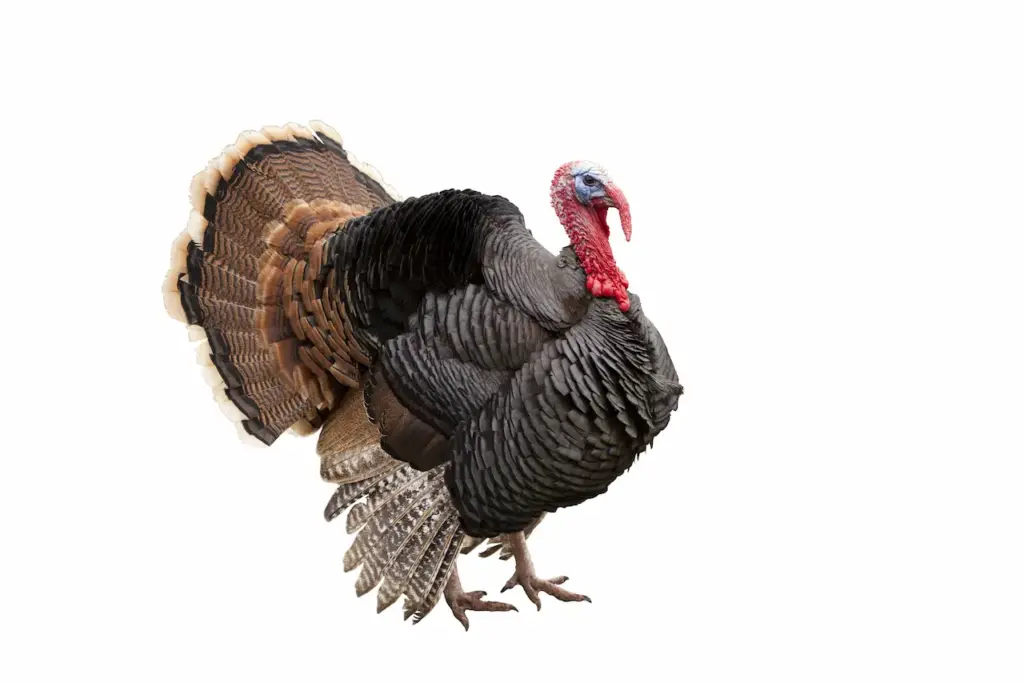
What Eats Wild Turkeys?
Wild turkeys are easy prey for many predators. Wild turkeys are preyed upon by many predators. Who wouldn’t prey on them? They are delicious and cannot fly away like many birds.
Coyotes
Coyotes can be opportunistic hunters that attack both adult turkeys and chicks. Coyotes will ambush and stalk a turkey to get at the neck or head.
As habitats are altered, turkeys are being preyed upon more.
Bobcats
Bobcats are stealthy hunters that hunt adult tom turkeys and their eggs. Bobcats use their keen hearing and sight to track turkey movements and sounds through the vegetation. The bobcats pounce on the backs and necks of the turkeys, killing them with a deadly bite.
Foxes
Foxes are cunning hunters that will take advantage of any opportunity to target eggs and turkey chicks. They use their pouncing skills and raid the nests of turkeys that are on the ground. Foxes can also scavenge the carcasses of larger turkeys.
Raccoons
Raccoons are omnivorous, and they eat eggs of turkeys whenever they find a nest. Also, they will prey on newly hatched chicks. Raccoons are well adapted to human habitats and have increased interactions with wild birds.
Snakes
Some snakes like rat-snakes and kingsnakes will eat the eggs of turkeys. Constrictor snakes can also attack mature hens and young poultry. Copperheads, rattlesnakes and other venomous snakes can attack adult turkeys if they get too close.
Hawks
The most common predators of turkeys during the day are large hawks and eagles. While turkeys are feeding on the ground, they strike from above. Sharp-shinned and Cooper’s Hawks are expert turkey hunters and specialize in catching bird prey.
Owls
At night, when turkeys are in trees roosting, powerful owls like the great horned, attack them. Other species, such as the barred owl, also target turkeys roosting in trees. Owls swallow whole turkeys, and then eject the indigestible feathers or bones.
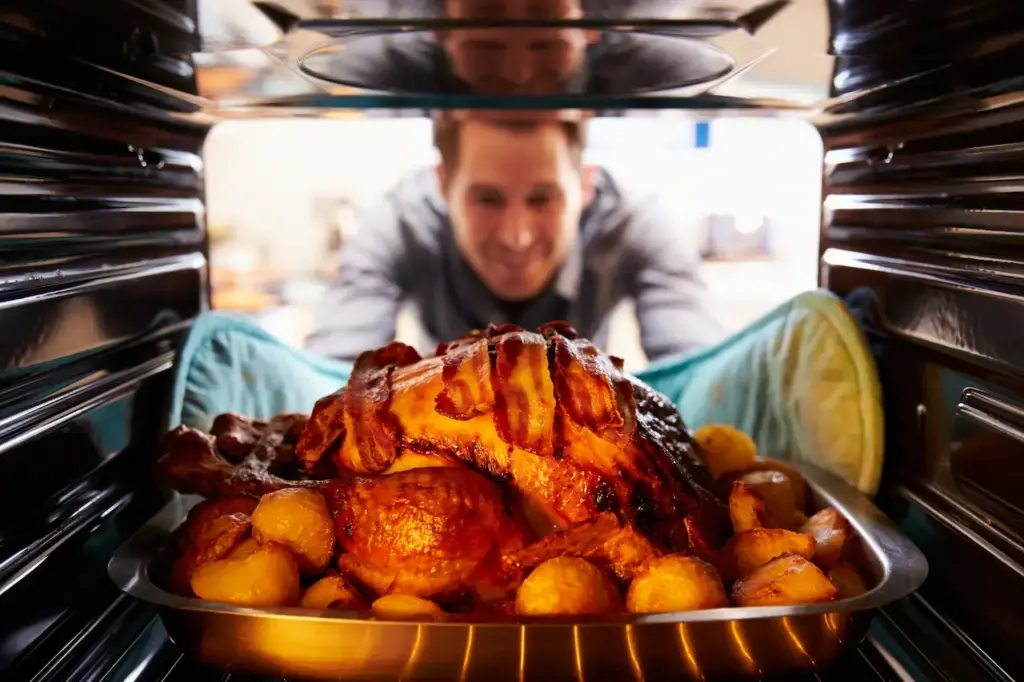
How do wild turkeys avoid predators?
Wild turkeys are able to avoid predators through a variety of adaptations and behaviors.
- Camouflage: The feathers of turkeys are brown, black and tan, which blend in with the forest and brush they live in. It helps them hide from predators.
- Turkeys are extremely cautious and watchful. They flee at the first sign that danger is approaching.
- When hawks, or other predators appear, turkeys mob them. This mass aggression drives away danger.
- Distraction displays: A mother turkey may fake a broken leg to distract a predator from her young on the ground.
- Hiding Poults: Mother turkeys conceal their young for the first few weeks in vegetation until they are able to flee predators. Poults are naturally camouflaged.
- Night Roosting: Turkeys will fly into the trees to get away from predators. They can detect dangers in low light thanks to their sharp vision.
- Spurs and Beaks: Mature males of the turkey have sharp spurs that they use when cornered to fight predators. All turkeys jab their beaks aggressively.

What Do Wild Turkeys Eat?
The turkey is an omnivore, which means that they consume both animal and plant matter. Here are the main ingredients of their natural food:
Nuts and Seeds
Turkeys forage for seeds and nuts on the ground, such as beechnuts and acorns. They also eat sunflower seeds, pine nuts, buckwheat and buckwheat. These nuts are crushed in their gizzard and swallowed whole.
Fruits and Berries
Turkeys can also eat seasonal fruits like apples, elderberries, blackberries and grapes. These fruits are rich in sugars and carbohydrates.
Insects
Turkey chicks feed on protein-rich insects during their first few weeks. Adults also consume insect food like caterpillars and larvae, grasshoppers, beetles or flies, spiders.
Grain
Turkeys will seek out wheat, rye and other grains, including millet, Buckwheat and buckwheat. The seeds are a valuable source of calories for the birds. Turkeys are attracted to agricultural fields.
Greens
Turkeys eat a variety of greens including alfalfa and vetch as well as agricultural greens such lettuce, spinach and kale. Greens are rich in vitamins and minerals.
Amphibians and Lizards
Turkeys will sometimes hunt amphibians and reptiles that are high in protein, such as small lizards or snakes. They may also go after salamanders and newts. These small prey animals supplement their diet.
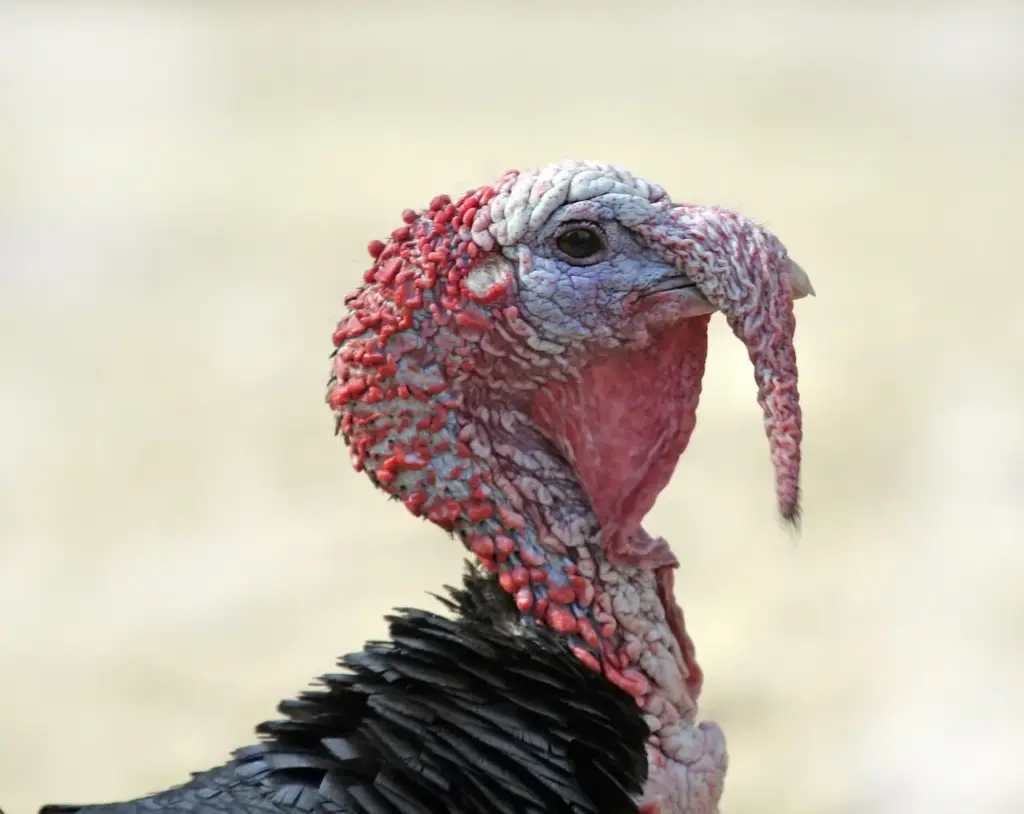
How do domesticated turkeys differ from wild ones?
The modern domesticated turkeys are quite different from the wild counterparts.
- White feathers: Domestic turkeys are mainly white, rather than camouflage patterns of brown. This is due to a mutation that occurred hundreds of years back.
- To maximize meat production, domestic turkeys are bred for larger breasts that are meatier and broader.
- Wild turkeys can be easily startled to avoid predators. Domestic turkeys tend to be more relaxed and docile because they are less threatened.
- Size – Domestic turkeys have grown to be much bigger than wild ones. Toms can weigh up to 40 pounds, compared to the 20 pounds of the largest wild toms.
- Domestic turkeys have less mobility. With their large bodies, they can’t run or fly as well as wild turkeys who are trimmer to survive.
- Different diet – Commercial turkeys are fed rations formulated by operators, which contain high levels of grains such as corn, wheat, soya, and other grains. This is done to maximize their growth. Wild turkeys eat nuts, seeds and bugs.
Domesticated turkeys have the same omnivorous appetite as wild birds, but they are selectively adapted to be calmer and produce more meat under human control. They no longer have to escape coyotes and foxes or owls.
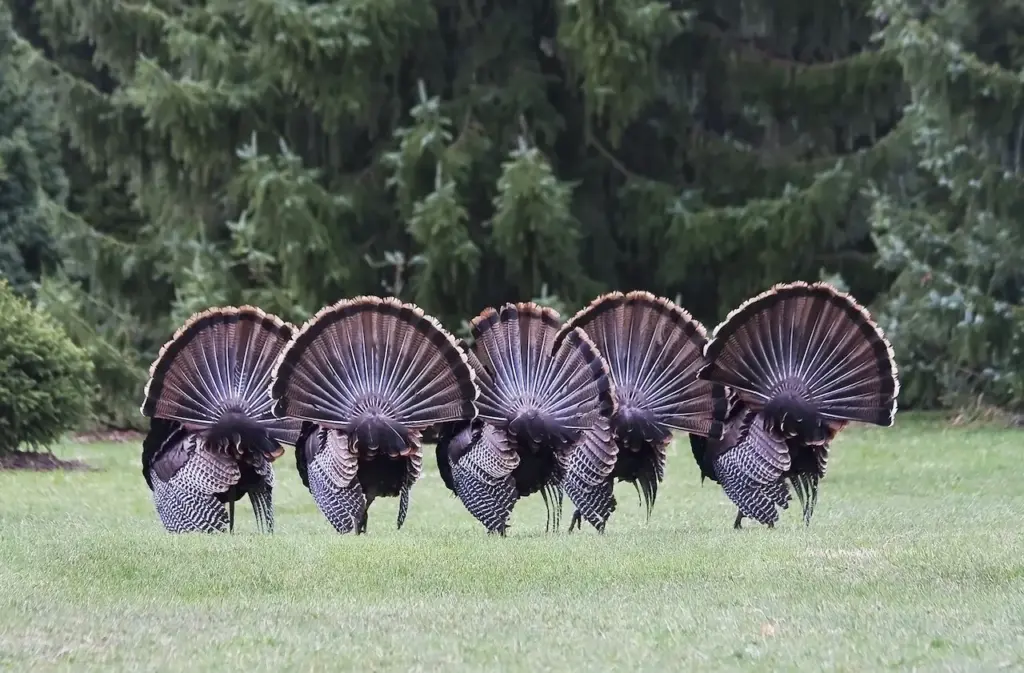
Wild Turkeys are a resilient and persistent species.
Wild turkey populations were dangerously low in the early 1900s due to overhunting, habitat destruction and other factors.
Over the past century, conservation efforts and hunting regulations have allowed wild turkeys recover and expand dramatically. The adaptable birds are found in areas from southern Canada to Mexico. They can adjust to disturbances, and survive even close to human development.
Wild turkeys are thriving thanks to their high reproductive rates and ability of surviving on a variety of foods. Wild turkeys are likely to remain a common sight in North America for many decades, causing problems for suburban residents while also attracting naturalists.
Conclusion
Wild turkeys are often preyed upon by a variety of predators in their natural habitat. These include coyotes and bobcats. They also have to avoid snakes, hawks and owls. To avoid these predators, they have developed camouflage and mobbing behavior, as well as hiding strategies, nighttime roosting, and wariness.
The mother is the only one who can protect their turkey chicks. Wild turkeys eat a variety of foods to sustain themselves. This includes nuts, seeds and grains. They also eat fruits, berries and a wide range of insects.
They can thrive in the forests and woodlands of North America. Domestic turkeys have an omnivorous diet, but they’ve been selectively bred to be larger breasts, faster growth, with white feathers and calm temperaments.

